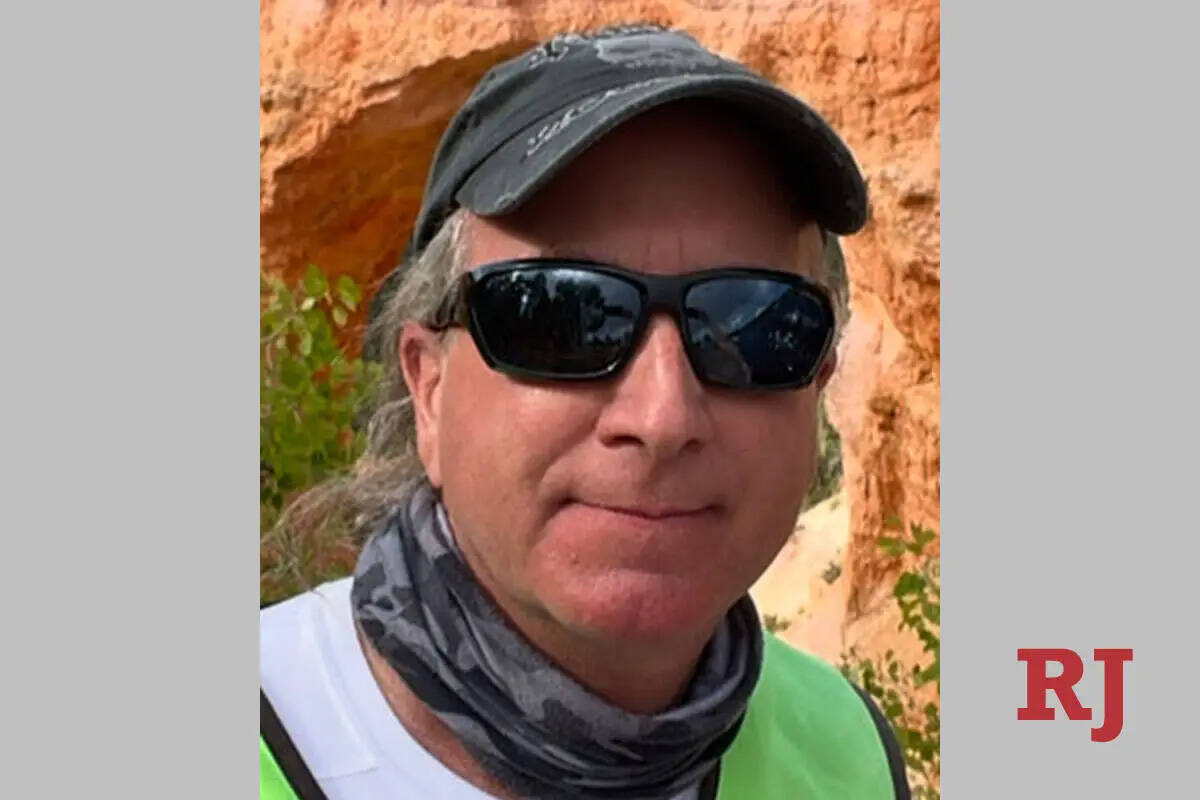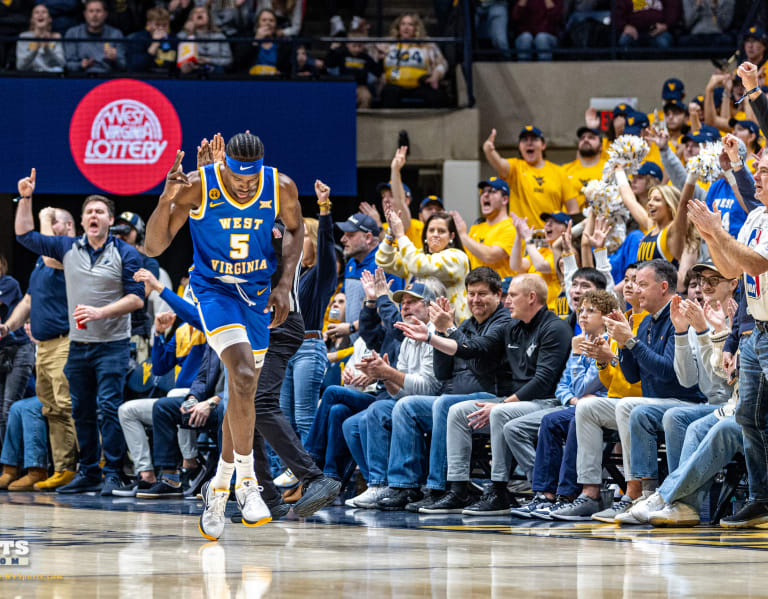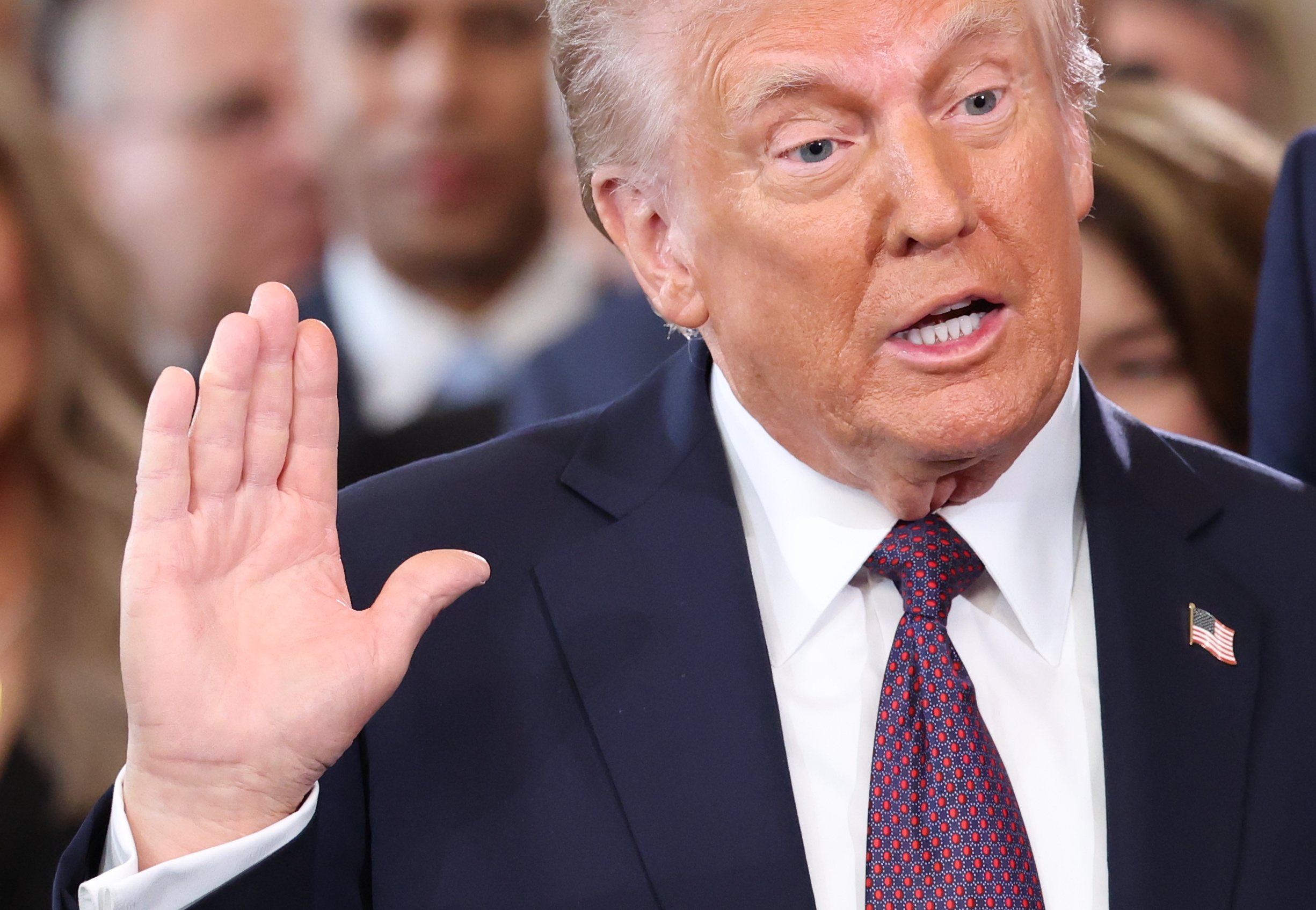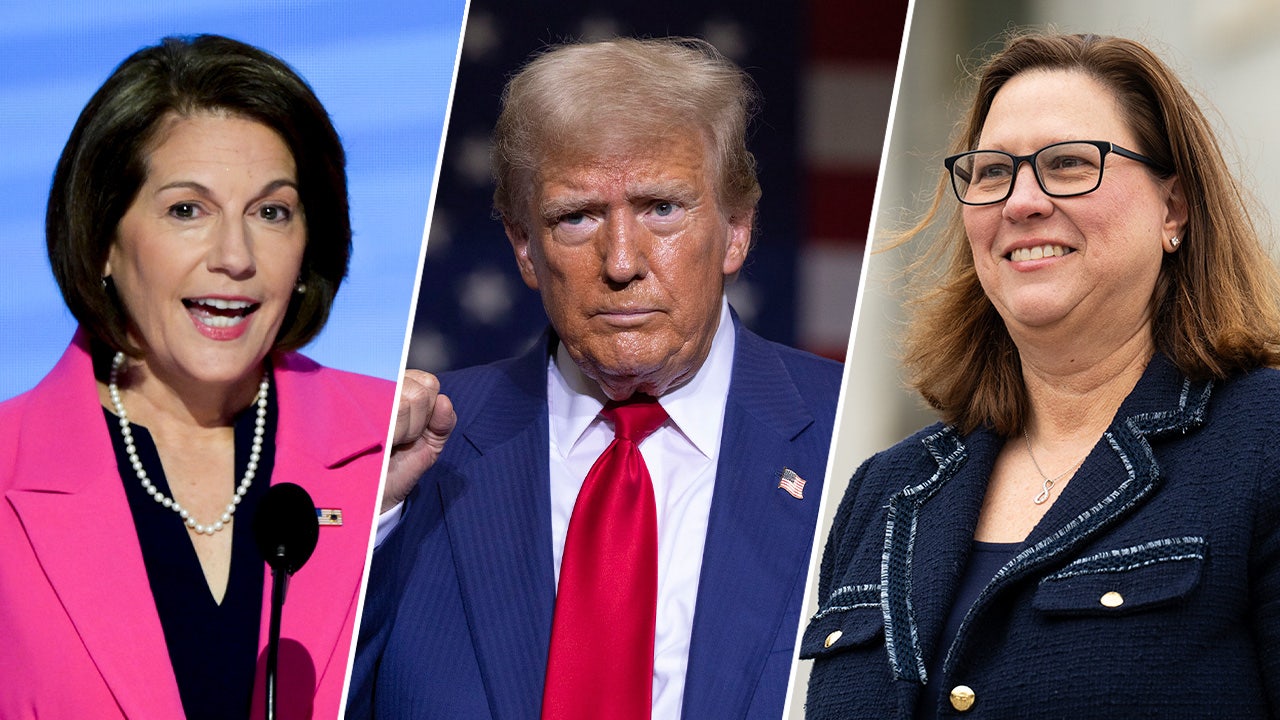Nevada
Nevada Cancer Coalition launches “Paint Nevada Pink” prevention campaign
/cloudfront-us-east-1.images.arcpublishing.com/gray/ZIQCLRXK3ZDOXPTSZWRMVUYOTM.tiff)
RENO, Nev. (KOLO) – Nevada Cancer Coalition is a statewide agency that advocates for cancer prevention, early detection and survivorship. The coalition is raising awareness for breast cancer screening throughout Breast Cancer Awareness month. Breast cancer is the second leading cause of cancer in Northern Nevada, just behind skin cancer.
The American Cancer Society estimates 2,620 Nevadans will be diagnosed with breast cancer in 2023 and 440 will die of the disease. Men are also at risk, but women are much more likely. Overall, 91% of people diagnosed with breast cancer have a five-year relative survival rate when compared to people who do not have cancer. When found early—the cancer has not spread outside the breast—the survival rate goes up to 99%.
Nevada Cancer Coalition is urging people to take action early. “We’re making sure that every woman in Nevada knows that she needs to be talking to her doctor about her individual risk, as early as age 25,” said Lily Helzer, the prevention program manager. “The number one risk factor for breast cancer is having to make sure you’re talking to your doctor, and then getting those starting at age 40 annually.”
Black women are more at risk of dying from breast cancer than any other race. There are many factors leading to this, including being genetically at higher risk for more aggressive breast cancer types and facing racial and economic barriers to accessing quality care and resources. Black women are also more likely to be diagnosed at a younger age, leading to recommendations that at age 25 they begin discussing with a healthcare provider their personal risk for breast cancer and when to begin screening.
There was a significant decrease in screening over the pandemic. In 2022, 62.7% of women in Nevada aged 40+ said they had been screened for breast cancer with mammogram within the past two years. That’s a 7% drop from 2020, reflecting the COVID-19 pandemic’s effect on screening.
This years Paint Nevada Pink will touch more lives. “We are also doing a match program this year for every woman that schedules an appointment to get her mammogram in the month of October. We have partners that are making a match back that will then help other women remove financial barriers for getting them screened,” said Helzer.
Mammogram Match screenings for people will be held at, Northern Nevada Health System (775)356-5800 Mammography, Northern Nevada Medical Center Reno–Sparks (nnmc.com), and Reno Diagnostic Centers (775) 323-5083 Women’s Imaging Services – Reno Diagnostic Imaging (renodiagnosticcenters.com).
And if people are uninsured or underinsured and looking to get a mammogram they can call Women’s Health Connection at 844-469-4934
Fore more information visit Nevada Cancer Coalition.
Copyright 2023 KOLO. All rights reserved.

Nevada
'All the lads want to go': Wigan rookies push for Vegas selection

Wigan’s rookie brigade put their hands up for Vegas selection after the Warriors did what Allegiant Stadium rivals Warrington could not and registered a win in their opening pre-season clash.
“I’d love to go to Vegas – with the squad we’ve got over here at Wigan it’s a big fight for places,” said back rower George Hirst after Sunday’s 28-16 defeat of Oldham.
Wunderkind half Jack Farrimond pulled the strings and non-stop lock Harvie Hill seemed to take every second hit-up as coaches rewarded the players who’ve been back in training since last year while Australian-based stars and England internationals took a break.
Hirst returned to the club he helped win promotion to the Championship last year and impressed in Arctic conditions at Boundary Park. Another former Roughyed, Tyler Dupree, scored Wigan’s first try.
“It’s down to me really,” Hirst said. “Train well, play well. I’d love to go but it’s not my choice.
“All the lads want to go. We’ll find out closer to the time. There’ll be a few lads disappointed.”
One man who might sneak onto the plane is 18-year-old Taylor Kerr, who played alongside Farrimond in the halves but can also handle hooker and back row.
“It’s just a sign of a quality player,” said assistant coach Thomas Leuluai, a renowned utility in his 40 Test career for the Kiwis and 448 NRL and Super League appearances.
“They’re all in that squad for a reason. We’ve got good depth. The guys today, they haven’t done themselves any harm, have they?
“Who’s going to Vegas? I don’t know when he (head coach Matty Peet) is picking that, but the guys today have made a good account of themselves and should be happy.”
Super League rivals, Huddersfield and Salford, joined Warrington – beaten 36-22 by Widnes – in being toppled by Championship teams over the weekend.
“It’s good to be the only ones who won,” said Hirst.
Nevada
Missing pilot’s plane found near Mount Jefferson, authorities say

After weeks of searching, the plane of a pilot who went missing earlier this month was found near Mount Jefferson on Saturday.
Authorities had not been able to get more than a couple of miles away from the scene as of Sunday afternoon, and the condition of pilot Michael Martin, who was the only person onboard, remains unknown.
Nye County Director of Emergency Management Scott Lewis was just returning from the scene Sunday afternoon when he spoke to the Las Vegas Review-Journal, and said that there was “significant damage” to the aircraft.
“We just need to get the resources and get them up there as quickly as we can. It was very windy during our search just now, very treacherous area, very steep area. We have a lot of things to overcome, but we’re working on it,” Lewis said.
The elevated position made the scene unreachable by foot, and Lewis said the team needed to wait for helicopters to reach the scene.
Martin, an experienced, licensed pilot, took off from North Las Vegas Airport the morning of Jan. 2 without telling anyone. His location last showed him as near Mount Jefferson, about 50 miles from Tonopah. His family reported the 65-year-old pilot missing on Jan. 5.
Authorities searched hundreds of square miles for Martin but suspended search and rescue efforts Thursday after finding no physical evidence, Lewis said.
Local resources were still looking in the area, and late Saturday, a game warden using special glasses found the plane, Lewis said. The search team had already looked in the area, but the snow previously covering it had melted.
Mystery departure
The circumstances of Martin’s disappearance remain unclear. The day he went missing, he told the owner of the company where he works that he’d be taking an early lunch but would return by 12:30 p.m. for an important meeting, according to his daughter-in-law Kathleen Martin.
Martin, an aerospace engineer, is employed as president of Erickson International, a window film manufacturer in Las Vegas, according to his family and LinkedIn page. Erickson operations employee Don Gist previously said the two had discussed working on a project together that afternoon.
Martin’s plane took off at 10:51 a.m., but his flight transponder stopped transmitting at 11:15 a.m. At 12:06 p.m., Martin’s daughter-in-law said, his phone last pinged near Tonopah, and at 12:26 p.m., his iPad — which he used as a navigation aid — and his Apple Watch last showed him near Mount Jefferson, about 50 miles from Tonopah.
She said his family initially believed he’d had a stressful holiday season and was taking a one- or two-day break in a local hotel, but they reported him missing the evening of Jan. 5 because they couldn’t get in touch with him.
Martin did not appear to have established a flight plan, according to Lewis,
Cathy Martin, his wife of 40 years, previously told the Review-Journal that Michael Martin had left without explanation years ago for one or two days.
“We had a little tiff Wednesday night, but it wasn’t a huge one,” she said. “I just asked him a question and we discussed it and it was done. He wasn’t upset.”
If he survived a crash, he had the skills to take care of himself in the wilderness, his wife said.
A missing person report released by police indicates Martin might have been upset and carried a handgun in his work bag the morning he left.
This is a developing story. Check back for updates.
Contact Katie Futterman at kfutterman@reviewjournal.com. Follow @ktfutts on X and @katiefutterman.bsky.social. Review-Journal staff writer Noble Brigham contributed to this report.
Nevada
Davidson scores 23 as Wolf Pack defeats San Jose State 75-64

RENO, Nev. (AP) — Nick Davidson’s 23 points helped Nevada defeat San Jose State 75-64 on Saturday night.
Davidson also contributed seven rebounds for the Wolf Pack (11-7, 3-4 Mountain West Conference). Xavier Dusell added 15 points while finishing 5 of 8 from 3-point range and grabbed five rebounds. Kobe Sanders shot 5 for 11 (0 for 4 from 3-point range) and 3 of 5 from the free-throw line to finish with 13 points, while adding eight assists.
Robert Vaihola led the way for the Spartans (9-11, 2-6) with 12 points and six rebounds. Sadaidriene Hall added 12 points and two steals for San Jose State. Josh Uduje also recorded 12 points and two steals.
Nevada entered halftime up 36-32. Davidson paced the team in scoring in the first half with nine points. Nevada took the lead for good with 7:18 remaining in the second half on a hook shot from Davidson to make it a 57-55 game.
___
The Associated Press created this story using technology provided by Data Skrive and data from Sportradar.
SAN JOSE ST. (9-11)
Hall 5-11 0-0 12, Vaihola 4-7 4-6 12, McClendon 2-8 1-2 6, Uduje 4-9 3-3 12, Yap 3-7 2-2 10, Davis 3-8 4-5 12, Washington 0-1 0-2 0, NgaNga 0-0 0-0 0. Totals 21-51 14-20 64.
NEVADA (11-7)
T.Coleman 3-7 0-0 6, Davidson 9-14 4-5 23, Hymes 2-4 2-2 6, Foster 2-2 1-1 5, Sanders 5-11 3-5 13, DuSell 5-8 0-0 15, McBride 2-6 1-2 5, Bailey 1-2 0-0 2, Love 0-1 0-0 0, Rolison 0-0 0-0 0. Totals 29-55 11-15 75.
Halftime_Nevada 36-32. 3-Point Goals_San Jose St. 8-27 (Hall 2-4, Davis 2-5, Yap 2-6, Uduje 1-5, McClendon 1-6, Washington 0-1), Nevada 6-18 (DuSell 5-8, Davidson 1-3, McBride 0-1, T.Coleman 0-2, Sanders 0-4). Rebounds_San Jose St. 21 (Vaihola 6), Nevada 35 (Davidson 7). Assists_San Jose St. 13 (McClendon, Uduje, Yap 3), Nevada 20 (Sanders 8). Total Fouls_San Jose St. 15, Nevada 15. A_7,798 (11,536).
Copyright 2025 Associated Press. All rights reserved.
-

 Science1 week ago
Science1 week agoMetro will offer free rides in L.A. through Sunday due to fires
-
/cdn.vox-cdn.com/uploads/chorus_asset/file/23935558/acastro_STK103__01.jpg)
/cdn.vox-cdn.com/uploads/chorus_asset/file/23935558/acastro_STK103__01.jpg) Technology1 week ago
Technology1 week agoAmazon Prime will shut down its clothing try-on program
-
/cdn.vox-cdn.com/uploads/chorus_asset/file/25826211/lorealcellbioprint.jpg)
/cdn.vox-cdn.com/uploads/chorus_asset/file/25826211/lorealcellbioprint.jpg) Technology1 week ago
Technology1 week agoL’Oréal’s new skincare gadget told me I should try retinol
-
/cdn.vox-cdn.com/uploads/chorus_asset/file/25832751/2192581677.jpg)
/cdn.vox-cdn.com/uploads/chorus_asset/file/25832751/2192581677.jpg) Technology5 days ago
Technology5 days agoSuper Bowl LIX will stream for free on Tubi
-

 Business6 days ago
Business6 days agoWhy TikTok Users Are Downloading ‘Red Note,’ the Chinese App
-
/cdn.vox-cdn.com/uploads/chorus_asset/file/25835602/Switch_DonkeyKongCountryReturnsHD_scrn_19.png)
/cdn.vox-cdn.com/uploads/chorus_asset/file/25835602/Switch_DonkeyKongCountryReturnsHD_scrn_19.png) Technology3 days ago
Technology3 days agoNintendo omits original Donkey Kong Country Returns team from the remaster’s credits
-

 Culture2 days ago
Culture2 days agoAmerican men can’t win Olympic cross-country skiing medals — or can they?
-
/cdn.vox-cdn.com/uploads/chorus_asset/file/24774110/STK156_Instagram_threads_1.jpg)
/cdn.vox-cdn.com/uploads/chorus_asset/file/24774110/STK156_Instagram_threads_1.jpg) Technology7 days ago
Technology7 days agoMeta is already working on Community Notes for Threads


















